https://nasacademy.com/blog/article/the-importance-of-sound-design

Sound design is one of the most important parts of filmmaking, but is often overlooked in favor of flashier disciplines like cinematography or editing. Bad sound will ruin a video, while fantastic sound can elevate a video from good to great. More than that, sound design is highly technical, but it’s also intensely creative with unique challenges that will push you to become an imaginative and skilled creator.
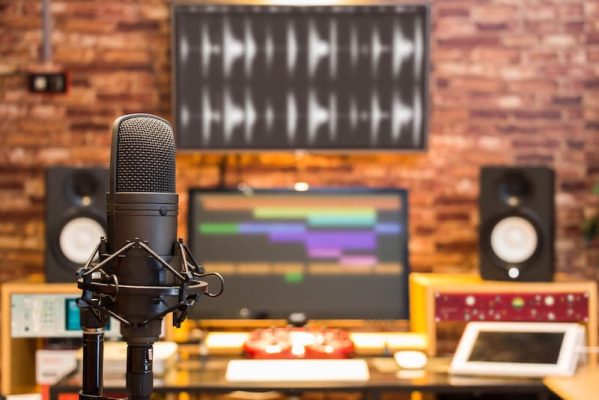
Sound design is storytelling and world building done through sound — it tells a story just as much as the visuals do. Think of your favorite horror movie — would it be the same story if you removed all the sound but the dialogue? Good sound design not only tells a story, though, it also informs the audience how they’re supposed to feel in this moment, hints at what’s coming next in the story, and enhances the atmosphere and tone of the video.
Sound designers use tools like sound effects (or SFX), mixing, Foley, dialogue, and music to excel in their craft. As it’s the final part of creating a movie, sound design truly elevates a movie into an immersive storytelling experience.
Think of some of the most iconic sounds in the movies — like the lightsaber. That single sound effect ignites recognition in millions of people all over the world. Not giving sound design the care it deserves removes a massive part of the storytelling experience for your audience.
Sound design doesn’t even have to be complicated, and you don’t need to be an expert to get your videos sounding good. All it takes is an understanding of the basics and some practice, and your videos will be sounding like something a pro would create.
Sound designers have different roles that depend on the size of the production and the budget. Big productions, like those in Hollywood, have multiple roles under the sound design banner, like recording artist, sound mixers, and sound editors. Sound design on these big productions refer to the process that happens after filming and even after editing.
If you’re working on a smaller production, however, one person is probably going to be doing all of these jobs, plus some extra work on set. Depending on your gear and budget, the sound designer may operate a boom mic on set to record sound, which is added to the video after the editing process.
Even if the sound designer is working on set, most of the sound design happens during post-production. Here, the sound designer cleans up the audio track so that any extra and unwanted noise is gone from the final product. They also add in sound effects that add layers of sound to the audio track, as well as manipulating the audio with some other effects (we’ll go over some of these effects later).
It’s in post-production where the magic happens. Layers upon layers of SFX are added, transforming your video from good to something truly cinematic.
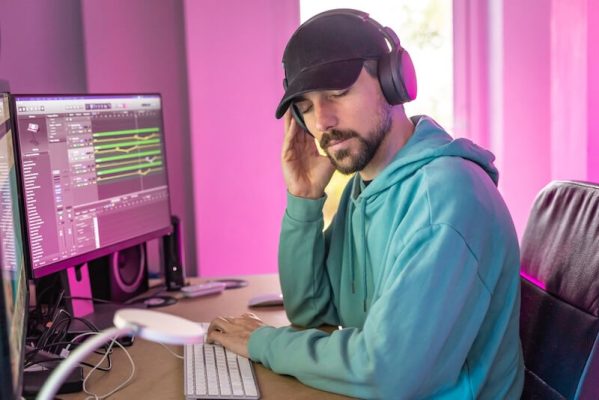
Sound design is important for anyone interested in creating content, even if you have no intention of ever becoming a sound designer. One of the biggest reasons is knowledge gaps — it’s really easy to learn how to shoot or edit a film, but the fundamentals of sound design get overlooked, and it can get really technical.
Creators often either hire a specialist to do the sound design, or ignore it entirely. And it’s really obvious when this happens. Hiring a specialist sound designer also means the second problem pops up — how to communicate with a sound designer. Because creators are often familiar with editing or shooting, speaking to editors or cinematographers to communicate exactly what they want is a piece of cake because everyone is speaking the same language.
Meanwhile, communicating with sound designers becomes a nightmare. Often, creators just give the sound designer and composer a reference because they cannot communicate in more detail, nor can they use specific technical terms. The result is sound design that isn’t true to the vision of the movie, or the sound design just ends up as a copy of the reference. And it doesn’t just happen with small productions — the Marvel Cinematic Universe has this exact problem.
Neglecting your sound design means that your audiences will be missing out on a core experience of watching a movie or video. A video can work without perfect sound, but it’ll never be as good as it could be. And in the competitive world of content creation, why take that chance when you don’t have to?
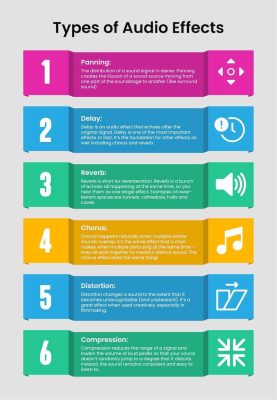
When approaching sound design, it’s good to remember the three parts of sound in film: human voices, music, and sound effects. These are the three elements that audiences expect a video or movie to have.
Human voices is simple enough, and represents dialogue or voiceover. Dialogue is either recorded on set during filming, or is recorded later in the studio with ADR.
SFX covers a wide range of sounds and effects. SFX is necessary to enhance action on screen, even if the sound itself may not actually be realistic (think the sound effect of someone punching another person — the SFX for that doesn’t sound like that in real life), but these sounds are what the audience expects.
SFX also adds effects that edit sounds to make them sound better, such as reverb and compression. Think of these effects as filters that allow you to edit and distort the audio however you like. Like any filter, a little goes a long way.
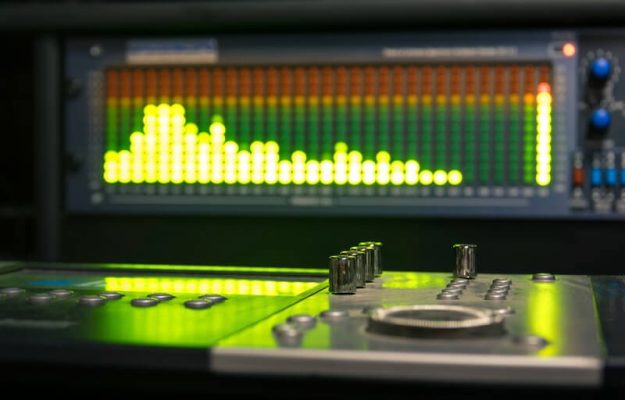
Music is an entire discipline of its own, but you’ll most likely get the completed track. The sound designer’s job is to integrate the music into the video without it clashing with the sound design, where it can be difficult to hear either of them, or just unpleasant to hear.
It’s worth noting that learning how music works, along with some music theory, is helpful.
Understanding the structure of music, rhythm, and musical patterns will do wonders for figuring out how to place it and what SFX to place on it (if any). You don’t have to become a pro at music theory or learn how to play an instrument, just cover the fundamentals so you aren’t going in blind. Your composer will thank you and, if you don’t have one, understanding what goes where will be that much simpler.
As you can probably tell from these three elements, sound design is all about building layers on top of each other. If you have one layer without any overlapping SFX, your video is going to sound very empty or tinny.
One way to address this is using an ambient track. This track runs throughout your video, and produces the sounds expected from the environment depicted on screen — for example, a crowd chattering and a live band playing during a scene set at a party in the 1950s. This track shouldn’t overwhelm the scene, but instead should help orient the audience in the setting and mood. It also fills up empty space, and makes your film feel larger, as if the world of the story continues off screen.
Layering is also used in Foley, where sounds are created in a studio and layered together to create something new. This is often used in fantasy or sci-fi to create sounds that don’t exist in reality, like the Wookiees in Star Wars, whose roars were created by layering lion and walrus roars.
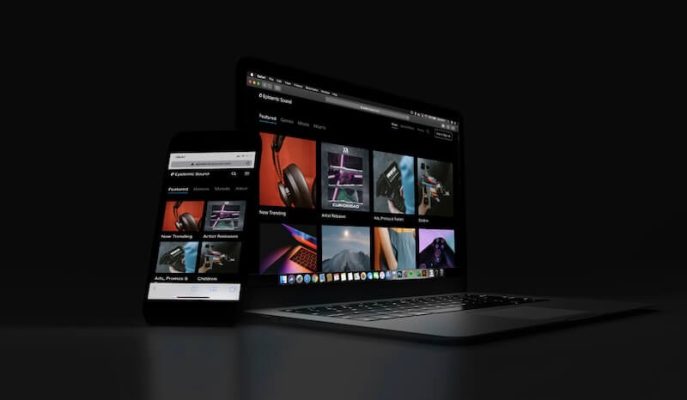
This is the person who holds the boom mic on set and is the member of a production crew responsible for recording all sounds on set during filming. They are responsible for recording the dialogue and ambient track on location. This recording will be used in the finished product, or for reference by the sound designer, sound effects editors, or foley artists.
A timecode is a sequence of numbers generated by a synchronization system. It is a clock that ticks in frames and keeps track of when the video and audio are recorded. It’s used as a reference by the edit and sound departments of the production to synchronize the audio track in the edit.
We call Wild Track to any audio intended to be synchronized with film or video but recorded separately. Whether it is some extra dialogue, sound effects, or ambient noise gathered without cameras rolling, the wild track is there to enhance the picture.
Also known as atmosphere or background, ambience is an example of a wild track. Ambience is the sound of a specific space. Every location has a distinctive sound created by its environment. This can include birds, wind, music, rain, the sound of people moving or even the noise from an aircon unit. Ambience is normally recorded during the production and it is used to create an audio setting for the scene.
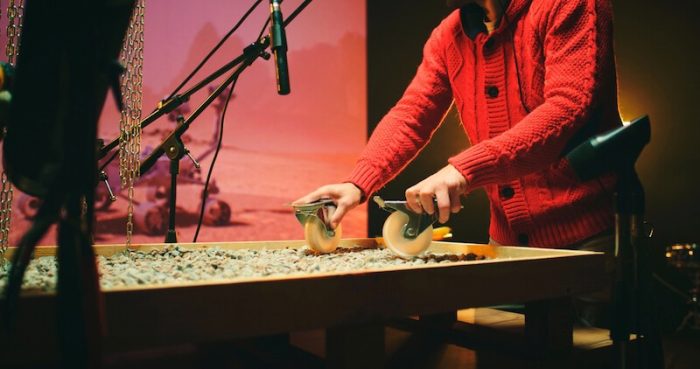
This is the final edit of the movie, and is locked before the sound designer can start working on the movie — though the edit often changes later.
Automated Dialogue Replacement is the process of re-recording an actor’s dialogue in a studio during post-production. During an ADR session, the actor watches and performs a scene of themselves in order to dub clearer dialogue. This is often necessary if the dialogue wasn’t caught by the mic, there’s too much background noise, or simply an artistic change demanded by the director. ADR happens all the time in the industry.
Sound effects (SFX) are any sound other than speech or music. Most of the time a simple-sounding element on the screen is composed of several layers of different sounds.
Picture-lock is the final edit and is what the sound designer works with during the final phase of post-production.
However, reality means the final edit needs to be changed after the audio post-production has already started. This means that the two video edits need to be compared and all the audio needs to be rearranged and re-edited. Matchbox, Conformalizer, Virtual Katy, and EdiLoad are some of the tools that are used in order to update an audio post-production project without having to start all over again.
Sound design is a whole world of its own, and there’s nothing stopping you from diving into it with this free course offered by Epidemic Sound and TMS Productions.
This course will teach you everything you need to elevate your videos and learn the skills you need to create some of the best sounding videos on the internet. It’s hands on, comprehensive, and you’ll be working with audio using one of the best software systems in the industry.
Not only is this course completely free, you’ll also get 50% off your first paid month of Epidemic Sound, along with a library of their SFX for you to use in your videos. You’ll also get all the benefits of a Nas Academy course, including lifetime access to all content, and joining a community of creators from all over the world! Sign up today.
By Admin Nas Academy
By Admin Nas Academy